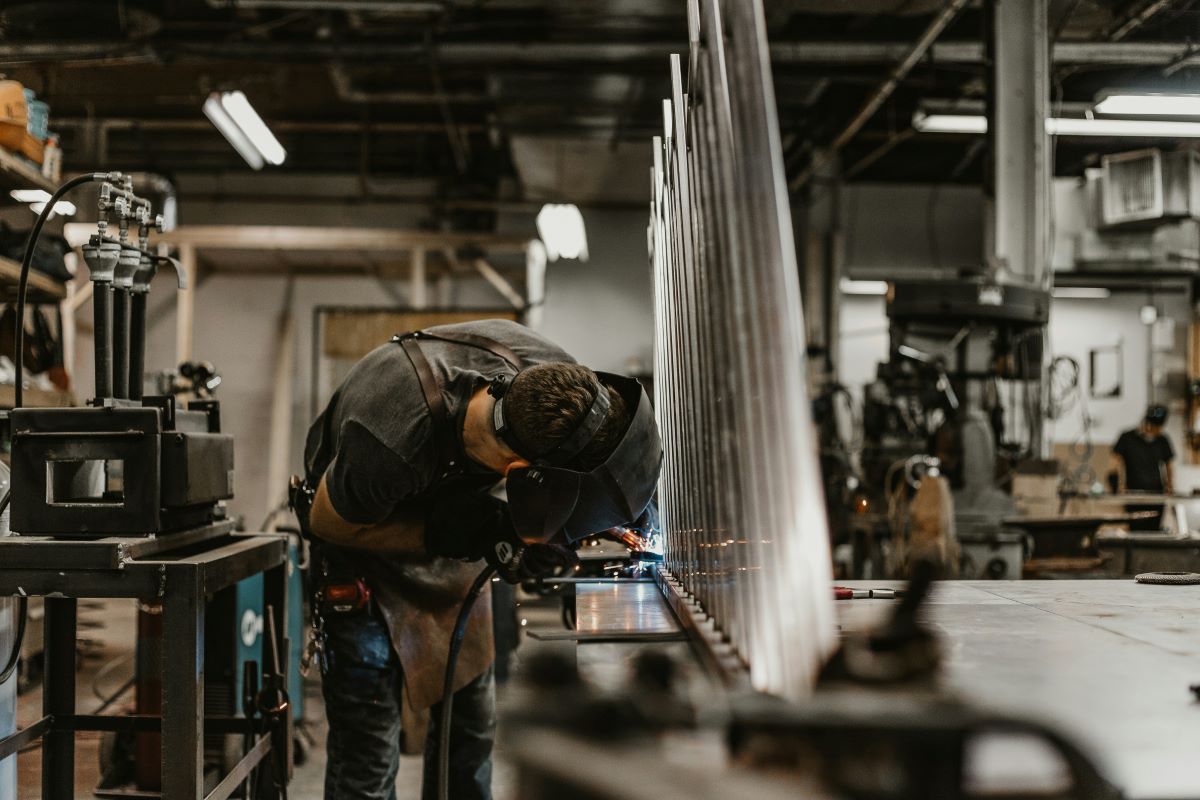Quality management in welding is crucial for ensuring the reliability, safety, and efficiency of welded products across various industries. From structural constructions to manufacturing components, weld quality directly impacts the integrity of the final product. This article explores the fundamentals of quality management in welding, focusing on quality control (QC) and continuous improvement (CI) practices.
Quality Control in Welding
Quality control in welding encompasses a series of processes and procedures designed to ensure that welds meet specified standards and requirements. This involves both inspection and testing activities throughout the welding process and after completion. The primary objectives of QC in welding include:
- Weld Inspection: Visual inspection is often the first step, where trained inspectors examine welds for surface irregularities, discontinuities, and other visible defects. Advanced techniques such as ultrasonic testing (UT), radiographic testing (RT), magnetic particle testing (MT), and dye penetrant testing (PT) are used for deeper inspections to detect internal flaws.
- Welding Procedure Specifications (WPS): Establishing WPS is critical as it outlines the necessary welding parameters and procedures to achieve desired weld quality. WPS includes details on welding processes, materials, preheat temperatures, interpass temperatures, welding techniques, and post-weld heat treatments (PWHT) if required.
- Welder Qualification: Ensuring welders are qualified and certified for specific welding processes and materials is essential. This involves performance qualification tests (PQR) to validate the welder’s ability to produce welds meeting specified criteria.
- Quality Assurance (QA): QA activities complement QC by focusing on the processes used to create the welds. QA ensures that proper procedures are followed throughout, materials are handled correctly, equipment is calibrated, and documentation is maintained.
- Niet-destructief onderzoek (NDT): NDT methods play a crucial role in QC by allowing inspection without damaging the welded component. Techniques like UT, RT, MT, and PT mentioned earlier are examples of NDT methods used to assess weld quality.
Continuous Improvement in Welding
Continuous improvement (CI) is integral to enhancing weld quality and overall welding processes. It involves systematic and ongoing efforts to improve products, processes, and services. Key aspects of CI in welding include:
- Root Cause Analysis: When defects or issues arise, CI methodologies like root cause analysis (RCA) help identify underlying reasons. By addressing root causes, recurring problems can be prevented, leading to improved weld quality.
- Procesoptimalisatie: CI focuses on optimizing welding processes to enhance efficiency and consistency while maintaining or improving weld quality. This may involve refining welding parameters, upgrading equipment, or implementing new technologies.
- Training and Development: Continuous training and skill development for welders and inspectors are vital for keeping up with advancements in welding techniques and quality standards. Training ensures that personnel are proficient in new technologies and best practices.
- Feedback Loops: Establishing feedback mechanisms from quality control inspections and customer feedback enables continuous learning and improvement. Analyzing data from inspections helps identify trends and areas for improvement.
- Benchmarking and Best Practices: Benchmarking against industry standards and adopting best practices from leading organizations fosters continuous improvement. Learning from successful approaches can inspire innovation and excellence in welding processes.
Conclusie
Effective quality management in welding relies on a robust framework of quality control and continuous improvement practices. By implementing stringent QC measures, including thorough inspection, adherence to WPS, and rigorous NDT, weld quality can be assured. Concurrently, CI initiatives drive ongoing enhancements in welding processes, promoting efficiency, reliability, and innovation. Ultimately, a commitment to quality management in welding not only ensures compliance with standards but also enhances competitiveness and customer satisfaction in diverse industrial sectors.

